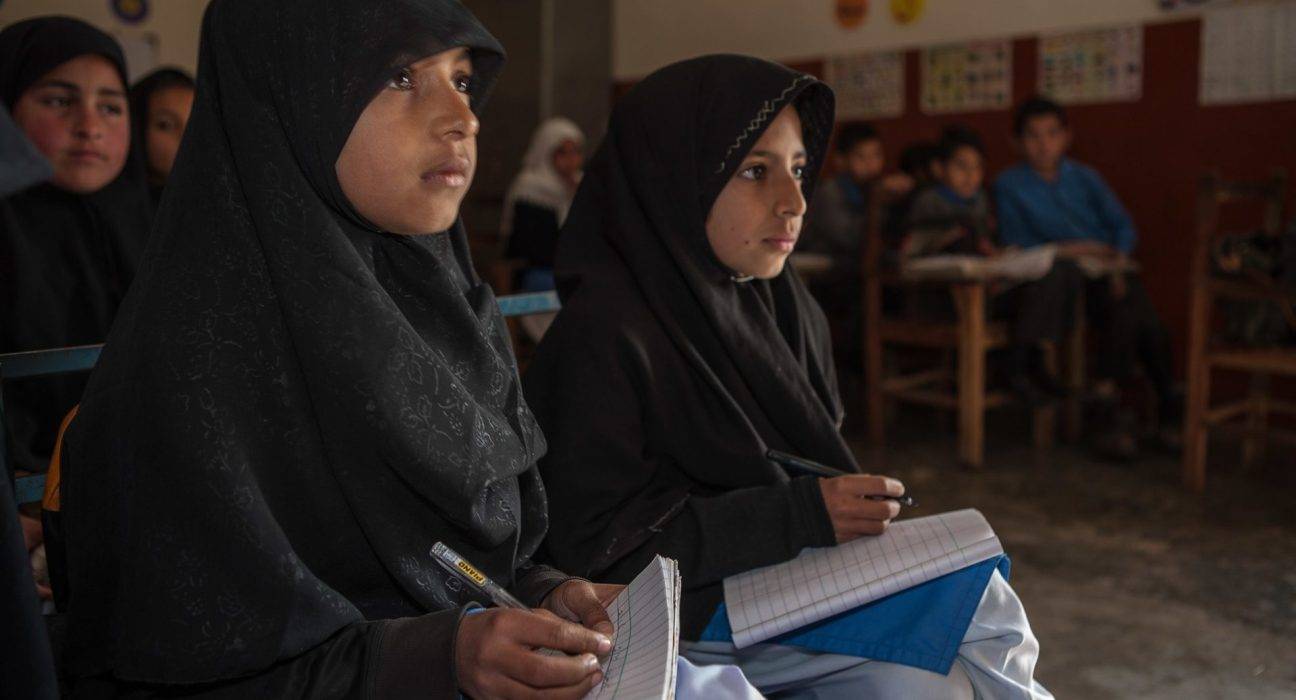Over the past 17 years, Pakistan’s provinces have shown starkly different outcomes in education, with Punjab making significant progress while Sindh and Khyber Pakhtunkhwa (KPK) struggle with stagnation and decline. Despite a massive increase in funding—from 111 billion PKR in 2008 to 411 billion PKR in 2025—Sindh’s literacy rate has actually dropped from 58% to 57.4%, leaving a staggering 7.2 million children out of school. Meanwhile, Punjab’s literacy rate climbed from 60% to 74% in the same period, demonstrating what targeted reforms and efficient spending can achieve. KPK’s progress has been sluggish, with literacy inching up from around 50% to just 51.09% (per the 2023 census), highlighting persistent challenges in funding and gender disparity.
The contrast between Punjab’s success and Sindh’s regression raises serious questions about governance and resource allocation. While Punjab’s government credits its growth to teacher training programs, infrastructure development, and enrollment campaigns—particularly for girls—Sindh’s 270% budget increase has failed to translate into better outcomes. Experts point to systemic issues such as corruption, ghost schools, and poor oversight as key reasons for Sindh’s decline. Meanwhile, KPK’s minimal progress suggests deeper structural barriers, including post-conflict recovery challenges and low investment in rural education.
Related: Economic Survey 2025: The Uneven Map of Education in Pakistan
The latest 2024-25 Economic Survey data reinforces these trends, with Punjab at 72% literacy, Sindh at 58%, and KPK at 51%. If these disparities persist, Pakistan risks worsening inequality and missing global education targets. Punjab’s model offers lessons in accountability and policy implementation, but without urgent reforms in Sindh and KPK—including audits of education spending, measures to reduce dropout rates, and targeted programs for marginalized communities—millions of children will continue to be left behind. With 27 million Pakistani children already out of school, the need for action has never been more critical.

